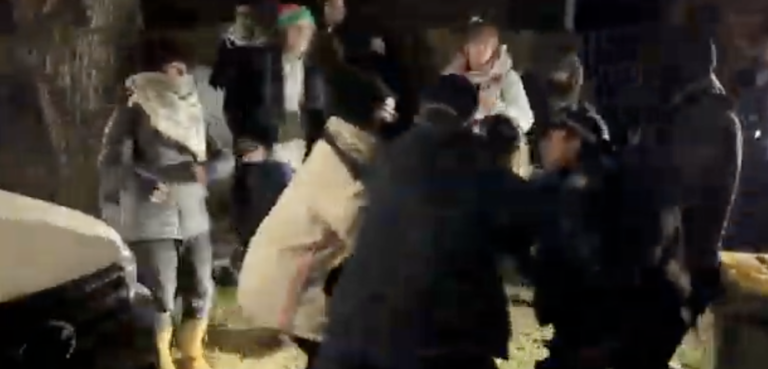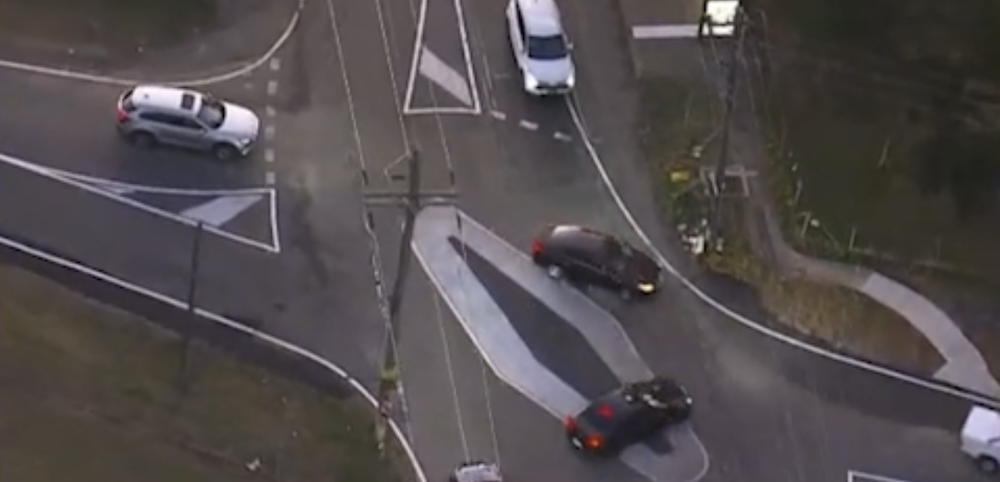
Flying foxes are driving Sydney residents batty

by GRACE JOHNSON
Flying foxes, a familiar presence in summer, have seemingly overstayed their welcome in Sydney’s eastern suburbs, leaving a mess across footpaths and cars that residents say pose serious risks to their health and safety.
Residents are having to clean up after the fruit bats on a daily basis, with some already having slipped and hurt themselves on the slush that the animals leave behind.
The issue has prompted a debate within Waverley Council about whether they should cut down trees or use ultrasonic sound devices to deter the animals.
Residents in Waverley, especially those in The Avenue, Rose Bay, and Murray Street, Bronte, have asked council for years to act.
Liberal Councillor Will Nemesh, who brought the motion forward, along with fellow Liberal Councillor Sally Betts, told City Hub the situation has been getting worse.
“We have been receiving ongoing and increasing complaints from our residents about this issue,” he said.
“This year the inundations in and around the Avenue in Rose Bay have been particularly bad,” he continued.
He suggested that the removal of hundreds of trees from the Royal Sydney Golf Club has exacerbated the problem, along with berry season, which lasts between January and March.
The bats sometimes return for a second time during the winter months, leaving behind a slippery mess that poses safety hazards to pedestrians and motor vehicles.
The motion noted that pedestrians often have to walk on the road to avoid the mess and that flying fox urine and faeces, and the detritus left behind, may contain deadly viruses.
Now, Councillors Nemesh and Betts are looking to council staff to undertake a thorough investigation and come back with solutions.
What can we do?
Research led by scientists at Western Sydney University shows that flying-foxes are always on the move among a vast network of roosts, making them one of the key dispersers of seeds and pollen in Australia’s fragmented forest ecosystems.
However, their extreme mobility also brings them into conflict with humans.
As such, they are considered a “conflict species”, alongside crocodiles, dingoes, snakes and sharks.
Large bats have long been seen as pests, as something to be driven off or culled. In even as recent as the 1990s, electric wires were used to kill spectacled flying foxes to prevent them from eating lychees, until it became illegal.
With more flying foxes coming into urban areas, perhaps as a result of losing previous foraging areas, and staying for longer, pressure is mounting from their human neighbours to “do something”.
While the council is considering defruiting methods or the use of sonic devices, research has shown that dispersal techniques rarely work, are high in cost, and usually just move the problem to other backyards.
Trimming trees has been proven to solve some of the tensions between fruit bats and residents, so that branches don’t hang over backyards or streets.
The motion noted that there are approximately 600 fig trees across the local government area, and a replacement strategy will be required for when they approach the end of life.
“Over the last month as the fig trees have fruited, we have received complaints and requests from residents regarding the impact of the fruiting,” the motion noted.
Councillor Nemesh told City Hub, “Personally, I don’t believe that the fig trees should be replaced unless they are dying or dead. Such replacement would fall under Council’s tree replacement strategy.”
“Whatever the solution, it will need to balance environmental and ecological considerations along with resident concerns,” he concluded.









